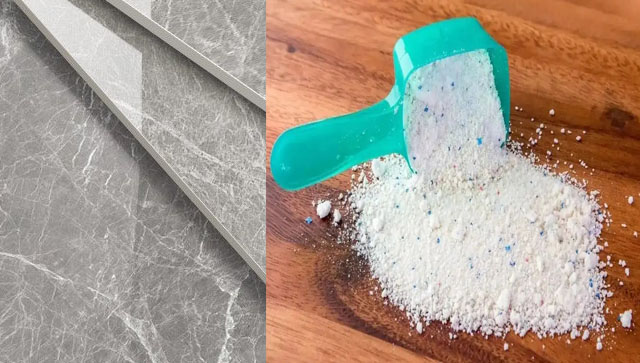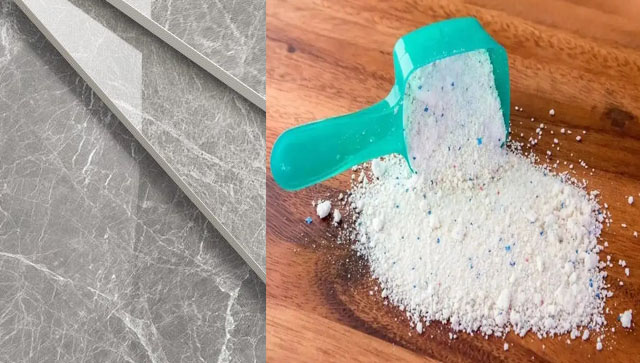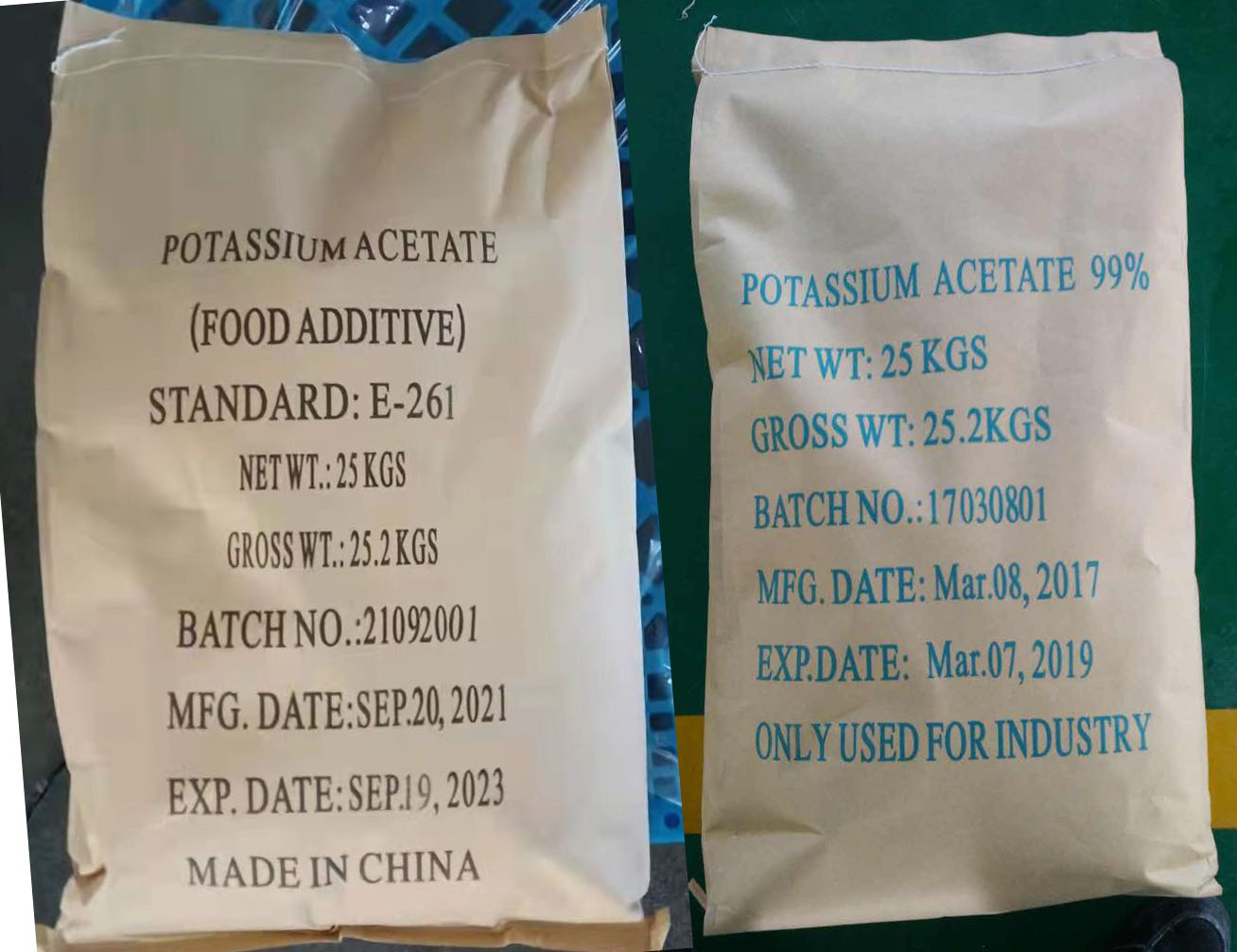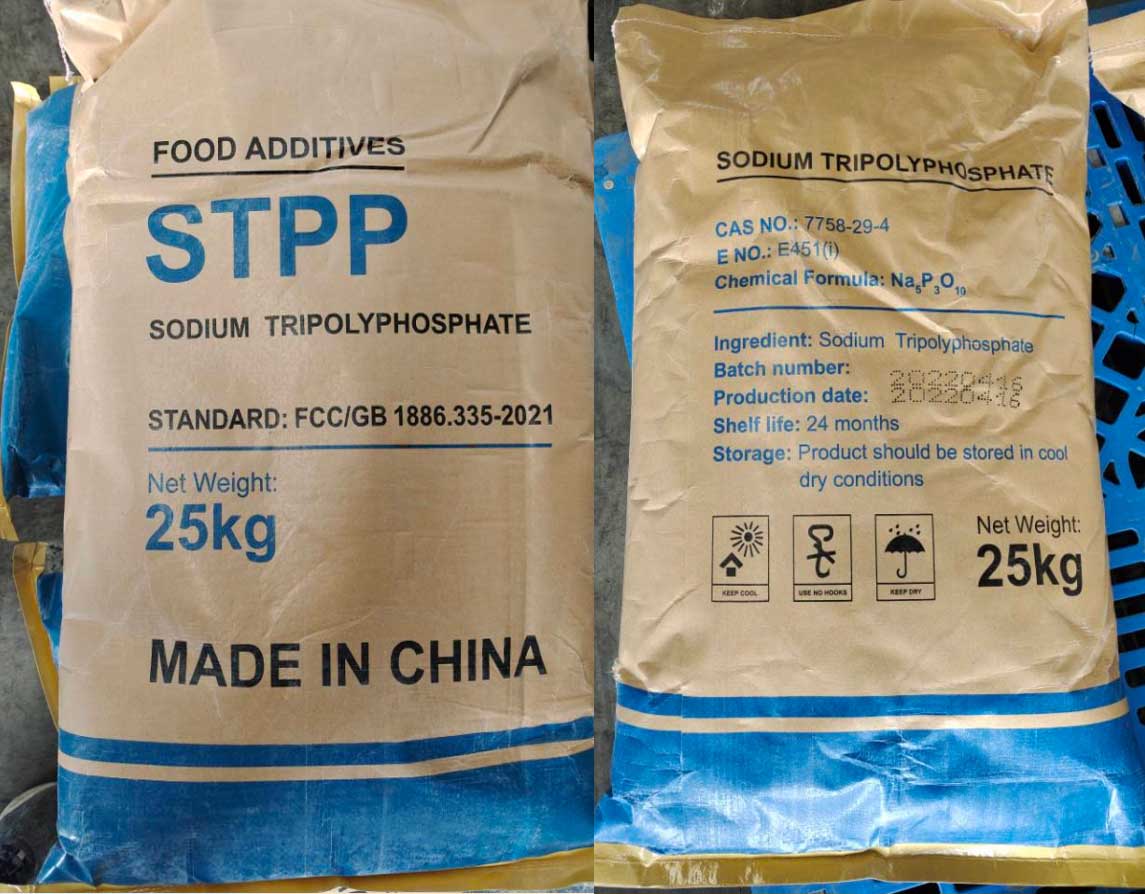Urea Phosphate: Applications, Usage, and Performance Comparison with Other Phosphate Fertilizers
✅ What is Urea Phosphate?
Urea Phosphate (UFP) is a highly soluble fertilizer made by reacting urea with phosphoric acid. It contains both nitrogen (N) and phosphorus (P), which are essential nutrients for plant growth. Urea Phosphate is primarily used in fertigation (the process of adding fertilizers through irrigation) and soil applications to enhance plant growth, improve nutrient uptake, and optimize crop yields.
✅ Applications of Urea Phosphate
Urea Phosphate is a versatile fertilizer that finds application in several agricultural sectors, particularly in high-tech farming, greenhouse production, and hydroponic systems. The key applications include:
Fertigation:
Urea Phosphate is commonly used in fertigation systems because it is highly soluble in water, making it easy to apply through irrigation. The nitrogen and phosphorus in UFP are readily absorbed by plants, ensuring quick and efficient nutrient delivery. This is particularly beneficial for crops that require consistent nutrient availability.Soil Application:
Urea Phosphate can be applied directly to the soil to supply essential nutrients, especially in areas where soils are deficient in either nitrogen or phosphorus. It works well with various soil types, including sandy and loamy soils, and helps improve soil fertility.Foliar Feeding:
Foliar application of Urea Phosphate can be beneficial for crops experiencing nutrient deficiencies, especially in phosphorus. By applying UFP directly to plant leaves, nutrients are absorbed rapidly, providing an immediate source of nourishment for plants.Hydroponics:
In hydroponic farming, where plants grow in water rather than soil, Urea Phosphate provides a reliable source of nitrogen and phosphorus. It helps regulate pH levels and ensures plants receive adequate nutrients for optimal growth.
✅ How to Use Urea Phosphate
The application of Urea Phosphate can vary depending on the crop type, soil condition, and farming system. Here are some general guidelines:
For Fertigation:
Dissolve 1 to 2 kg of Urea Phosphate per 1000 liters of water.
Apply the solution directly to the soil through irrigation systems. Adjust the concentration based on crop type and growth stage.
For Soil Application:
Mix Urea Phosphate with the top layer of soil before planting.
Typically, 5 to 10 kg per hectare is used, depending on soil fertility and crop requirements.
For Foliar Feeding:
Mix 0.5 to 1.0 kg of Urea Phosphate in 100 liters of water.
Spray evenly on plant leaves, preferably during early morning or late afternoon to avoid leaf burn.
For Hydroponics:
Add 0.5 to 1.0 g of Urea Phosphate per liter of nutrient solution.
Regularly monitor pH and nutrient levels to ensure optimal plant health.
✅ Performance of Urea Phosphate vs. Other Phosphate Fertilizers
When compared to traditional phosphate fertilizers such as Superphosphate and Monoammonium Phosphate (MAP), Urea Phosphate offers several key advantages:
Higher Nutrient Absorption:
Urea Phosphate contains both nitrogen and phosphorus in a form that is easily absorbed by plants. Its high solubility ensures that the nutrients are rapidly available for uptake, promoting quicker growth compared to slow-release phosphate fertilizers.
Unlike Superphosphate, which is less soluble in water and slower to release phosphorus, Urea Phosphate allows for faster response times in crops.
Better Efficiency in Fertigation Systems:
Urea Phosphate is highly compatible with fertigation systems due to its excellent solubility. Fertilizers like MAP can cause clogging in drip systems due to their lower solubility, which is not a problem with Urea Phosphate.
Additionally, Urea Phosphate helps in maintaining consistent nutrient levels over a longer period, ensuring steady crop development.
pH Control:
Urea Phosphate helps stabilize the pH of the nutrient solution in fertigation and hydroponic systems. Many phosphorus-based fertilizers tend to increase acidity, which can be harmful to plant roots over time. Urea Phosphate, on the other hand, has a neutralizing effect, promoting healthier plant growth and preventing pH imbalances.
Reduced Risk of Nutrient Imbalance:
Unlike traditional phosphates, which may lead to nutrient lockout or deficiencies in other essential nutrients (such as potassium or magnesium), Urea Phosphate is less likely to cause such imbalances due to its balanced nutrient profile and high solubility.
Improved Plant Stress Resistance:
Urea Phosphate has been shown to enhance the stress resistance of plants, particularly in situations of drought or extreme weather. Its nitrogen-phosphorus composition helps boost plant resilience by supporting essential metabolic processes like energy transfer and protein synthesis.
✅ Conclusion: Why Choose Urea Phosphate?
Urea Phosphate is a highly effective fertilizer that offers superior solubility, improved nutrient absorption, and better performance in various agricultural applications, including fertigation, soil application, and hydroponics. Compared to traditional phosphate fertilizers, Urea Phosphate provides a more efficient and faster source of nitrogen and phosphorus, leading to better crop growth, higher yields, and reduced environmental impact.
Its ability to work in fertigation systems, maintain pH stability, and reduce nutrient imbalances makes it an excellent choice for modern agriculture. Whether you are a commercial grower or a home gardener, Urea Phosphate is a valuable tool to enhance plant health and optimize yields.




